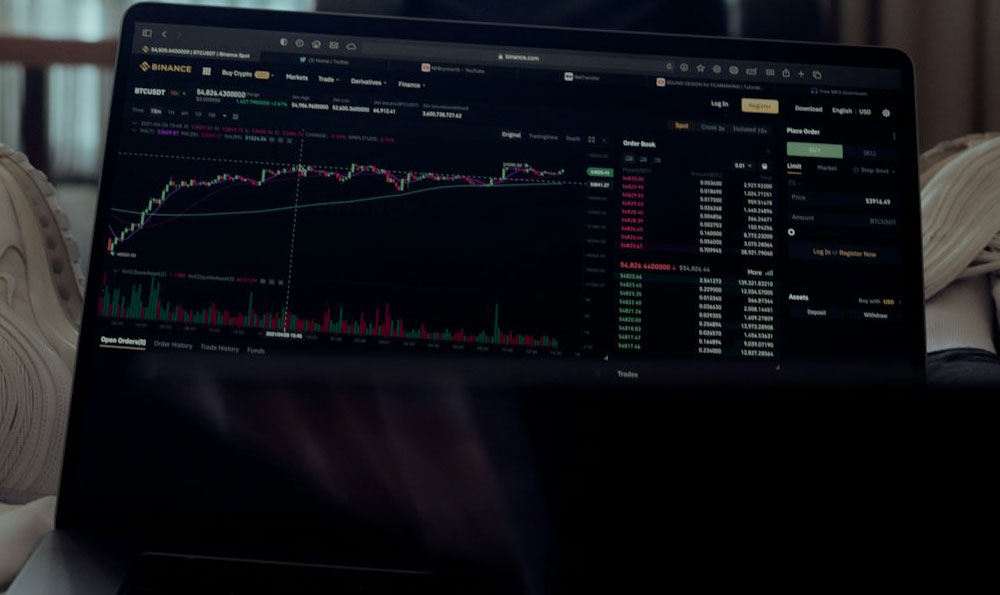Goodwill, in the context of business acquisition, represents the premium a buyer pays over the fair value of the identifiable net assets of the acquired company. It’s an intangible asset, reflecting the value of things like brand reputation, customer relationships, proprietary technology, and skilled workforce – elements that contribute to future profitability but are not easily quantified on a balance sheet. Understanding where the money allocated to goodwill "goes" and why it's paid is crucial for investors, business owners, and anyone involved in mergers and acquisitions (M&A).
The immediate destination of the money spent on goodwill is the seller of the acquired company. This payment is part of the total purchase price, which is distributed according to the terms of the acquisition agreement. This distribution often involves various stakeholders: shareholders of the selling company, debt holders, and potentially even key employees who might have retention bonuses tied to the acquisition. Therefore, the money doesn't simply vanish; it's transferred to those who held a claim on the acquired entity's assets and future earnings.
However, the real question is not just where the money ends up immediately, but what it represents in the broader economic picture. Goodwill is essentially a recognition of expected future economic benefits exceeding those readily accounted for by tangible assets and identifiable intangible assets. The buyer believes that the acquired company, under its ownership, will generate a stream of income surpassing what an independent valuation of its individual assets would suggest. This extra income is attributable to the synergistic effects of the acquisition, the superior management capabilities of the acquiring company, or simply the recognition that the acquired company's brand and customer base are worth more than what's explicitly recorded on the balance sheet.

The "why" of paying for goodwill boils down to expected return on investment. The acquiring company anticipates that the combined entity will produce more value than the sum of its parts. This might arise from cost savings through economies of scale, increased market share due to a broader product offering, access to new technologies, or expansion into new geographic regions. The goodwill component of the purchase price is a gamble on these anticipated synergies materializing and contributing to increased profitability.
It's important to note that goodwill is not a guaranteed source of future income. Unlike tangible assets that can be directly utilized or sold, goodwill's value is contingent upon the acquiring company's ability to effectively integrate the acquired business and realize the expected synergies. If these synergies fail to materialize, or if the acquired company's performance declines, the goodwill can become impaired.
Impairment occurs when the fair value of the reporting unit (which includes the acquired company and the goodwill assigned to it) falls below its carrying amount on the balance sheet. When this happens, the company must write down the value of the goodwill, which results in a non-cash charge against earnings. This impairment charge reflects the recognition that the anticipated future economic benefits associated with the goodwill have diminished.
Therefore, goodwill can be viewed as a forward-looking bet on the future success of the combined entity. A high goodwill figure often signals confidence on the part of the acquiring company that it can extract significant value from the acquired business. Conversely, a large goodwill impairment suggests that the acquisition has not lived up to expectations and that the company overpaid for the acquired assets.
Now, regarding where the money "goes" after goodwill impairment. It doesn’t literally go anywhere in a physical sense. The initial cash outlay for the acquisition has already been disbursed to the seller. The impairment charge is an accounting adjustment, reducing the company's reported earnings and shareholder equity. It doesn't involve any further cash outflow. However, the impairment does have real-world consequences. It can negatively impact investor sentiment, depress the company's stock price, and potentially trigger debt covenant violations. It also signals a potential misallocation of capital, raising questions about the acquiring company's due diligence and integration capabilities.
Mitigating the risks associated with goodwill requires careful due diligence prior to the acquisition. This includes a thorough analysis of the acquired company's financial performance, market position, competitive landscape, and management team. The acquiring company should also develop a detailed integration plan outlining how it intends to realize the expected synergies and minimize potential disruptions. Furthermore, it is critical to regularly monitor the performance of the acquired business and proactively identify any potential impairment indicators.
From an investor's perspective, a large goodwill balance on a company's balance sheet should be viewed with caution. While it can indicate a history of successful acquisitions, it also increases the risk of future impairment charges. Investors should pay close attention to the company's track record in integrating acquired businesses, its explanation of the strategic rationale for acquisitions, and its disclosure of the key assumptions underlying its goodwill valuation. They should also be prepared for the possibility of goodwill impairments, especially in industries that are subject to rapid technological change or economic disruption.
In conclusion, the money allocated to goodwill goes to the seller of the acquired company. However, the true significance of goodwill lies in what it represents: an expectation of future economic benefits exceeding the value of identifiable assets. Paying for goodwill is a strategic investment, a bet on the potential synergies and enhanced profitability that can arise from combining two businesses. While successful acquisitions can generate significant value for shareholders, goodwill also carries the risk of impairment, highlighting the importance of careful due diligence, effective integration, and ongoing monitoring. Investors and business leaders alike need to understand the nuances of goodwill to make informed decisions about mergers and acquisitions and to assess the financial health of companies that have engaged in such transactions.











